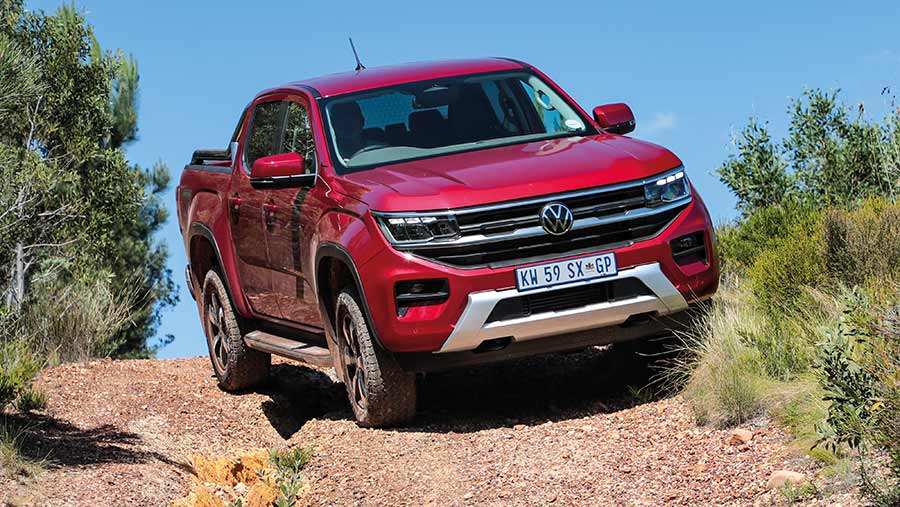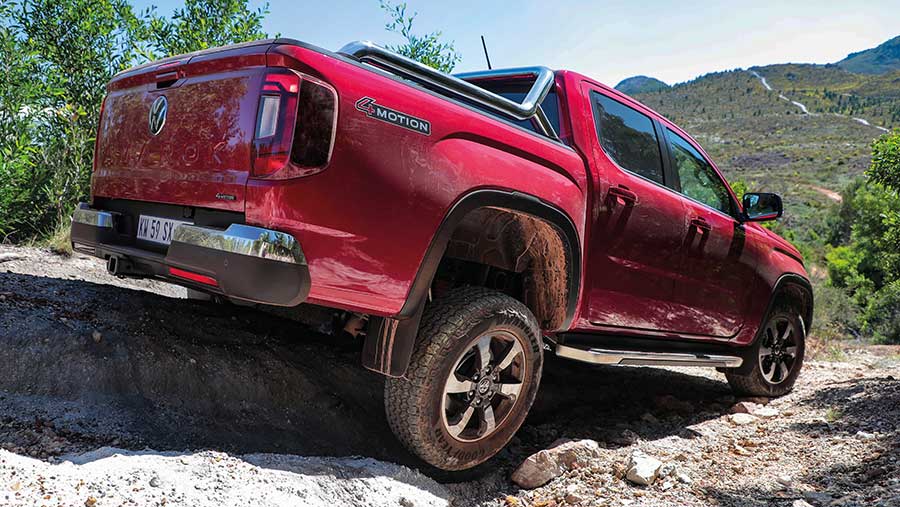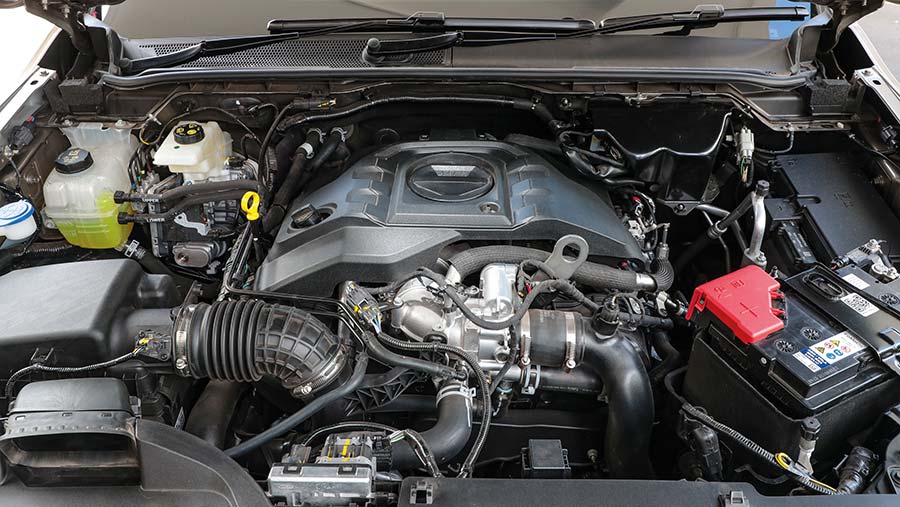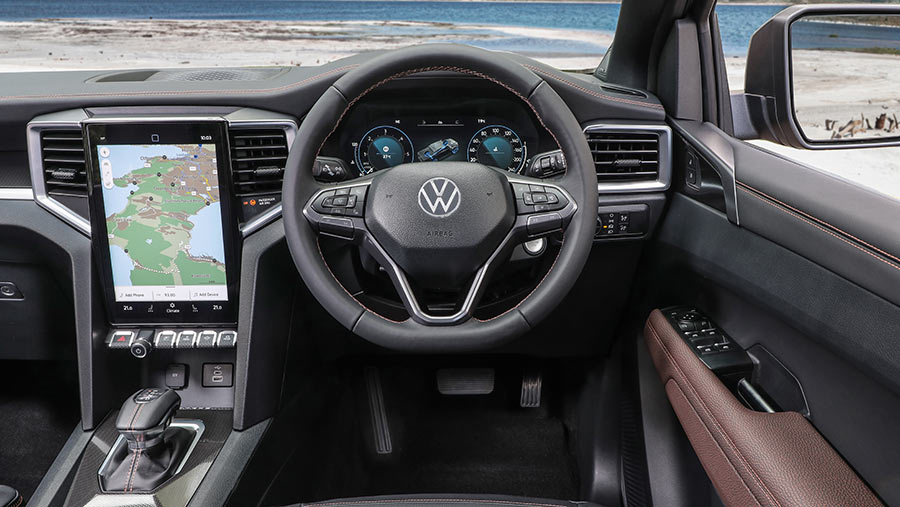First impressions: Volkswagen’s new Ford-built Amarok pickup
 © Volkswagen
© Volkswagen After four years in the shadows, Volkswagen’s Amarok pickup has returned – although all isn’t necessarily as it seems… It’s a Ford.
Built in the Blue Oval’s South African factory and based on the skeleton of the new Ranger, the Amarok’s second coming has more than a whiff of Mercedes-Benz’s brief dalliance with the luxury pickup market five years ago.
On that occasion, efforts to sell the X-Claas – a titivated and rebadged Nissan Navara – in high volume proved futile, and it was culled just three years later.
See also: Off-road vehicle four-wheel drive systems explained
But in coupling up with pickup market leader Ford, VW seems to have found safer ground.
The two commercial vehicle behemoths have grown increasingly close, with Ford set to share its Transit Custom and Transit with VW and, in return, the latest Caddy van has been reskinned as the Transit Connect.
The pickup collaboration began before the old model slipped away in 2019, and VW insists it has gone to great lengths to make the new truck its own.
Its efforts seem to have been worthwhile, as the Amarok neither looks or feels like a shared product.
Most of the elements on show have been given a Volkswagen makeover, except for mundane items such as the door handles, wing mirror housings and roof panel.

© Volkswagen
Volkswagen Amarok 3.0 TDI PanAmericana
- Engine 3-litre, V6 petrol
- Power 237hp @ 3,250rpm
- Torque 600Nm @ 1,700-2,000rpm
- Transmission 10-speed automatic
- Max speed 112mph
- 0-62mph 8.5sec (estimated)
- Combined consumption 33mpg (estimated)
- Wheelbase 3,270mm
- Ground clearance 237mm
- Turning circle 12.93m
- Kerb weight 2,540kg
- Max payload 1,190kg
- Towing capacity 3,500kg
- On-the-road price £44,000 (estimated)
Drivetrain
The only area where the new model falls marginally shy of its predecessor is under the bonnet, with the new 3-litre TDI making do with 237hp, versus 258hp on the old V6 flagship.
It does eke out 20Nm more torque though, at 600Nm, and is paired with a 10-speed automatic transmission – the same gearbox now found in most of Ford’s commercial vehicles.
Lower down the range, there’s a four-pot turbodiesel producing 168hp or 203hp, which runs through a simple six-speed manual box.
There’s also a new low-range transfer case, plus selectable or permanent four-wheel drive and a locking rear differential.
Approach and departure angles have been improved too, as have ground clearance and wading depth.
Aside from being impressively fast, the most notable early impressions of the Amarok are that it is seriously comfortable and surprisingly car-like.
The steering has enough weight to feel engaging without being Ranger-heavy, and the ride is more refined than before.

© Volkswagen
Interior
The new model is longer and slightly taller, giving more space for occupants and cargo.
While entry-level Amarok models (Amarok, Life and Style) do little to quicken the pulse in terms of trim and fitments, they are utilitarian, practical and more affordable.
But the V6 turbodiesel is likely to dominate UK sales in either the more urban Aventura or rough-and-ready PanAmericana spec, both of which offer an appealing balance of performance and practicality, comfort and technology.

© Volkswagen
This includes the fancy 12in portrait touchscreen in the centre console (identical to the Ranger), which is a world apart from the greasy gears of the 4×4 driveline it helps control.
The rest is very VW; minimal and a tad boring, albeit well-appointed with leather seats, high-quality materials and chrome accents.
Dash clutter is kept to a minimum, with just a handful of buttons that act as shortcuts to the menus on the touchscreen.
If anything, the Ranger has the edge here, and it’s on minor points like these that buyers will be won or lost in this new battleground of co-development.
Only time will tell if the collaboration works to VW’s advantage and if the Amarok can be a genuine long-term rival to its new bedfellow.
